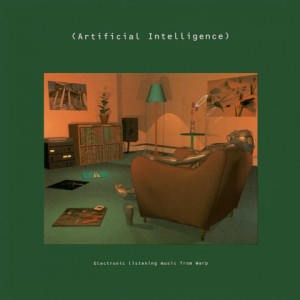Artificial Intelligence. Not just the title of a great compilation album on Warp Records cataloguing some great ambient techno and IDM tracks from the early 90’s, but also, it seems, a branch of computer science.

Having had a break from learning, I though I would try another MOOC, this time through Udacity rather than Coursera. The Introduction to Articficial Intelligence course on Udacity, run by Peter Norvig of Google, and Sebastian Thrun at Stanford University, had caught my eye a few months ago. I am curous how I can capture some of the ideas of AI into some of my projects, and in any case, why not. UoD does not worry about any specific end.
So I embarked on the course on 14 October. In terms of subject matter it definitely got me hooked. In terms of delivery style, use of tools and technology and production values to communicate clearly, I’d give the course -1 out of 10. I have been pretty spoiled I suppose, with great on screen design, great use of video, and an overall aesthetic consideration, but this was a real shock. The audio levels are wrong, and at times one of the presenters is unwrapping and eating sweets right into the mic. The lo-fi use of visual aids is not even charmingly basic, it’s just poor. It’s appalling really that none QA’s this stuff. However, it is worth what i paid for it (like other MOOC’s it is free of charge) and, as with other university-led learning so far, you can sense that the deep subject knowledge is there. So I stuck with it. I would also point out that, unlike my tow Coursera courses to date, this entirely self-paced from recorded modules. There is no live assessment or interaction with other students or the presenters. There are on-screen quizzes which are pretty effective tests of understanding, and they can get tough pretty quickly.
The course taught me about how the maths of probability and statistics form the basis of much of AI, and quickly moved into the construction of Bayes networks to model real-world problems and calculate the most probable outcomes from certain causes. At unit 4 I was caught out. I just could not keep up with the maths. Undeterred, I took the course leaders’ advice and on 3rd November I enroled in their complementary Udacity course, Introduction to Statistics. This is going much better. The maths is familiar, but built up at a more forgiving rate. the course also includes some opportunities to program the concepts and maths used via a live, in-browser Python interpreter, on-screen. Again the production quality is a little weak compared to other MOOC’s and learning tools I have seen, but now I am acclimatised, it is acceptable. I am not even half way into the Statistics course yet, but I am keeping up and enjoying it.

No comments yet.